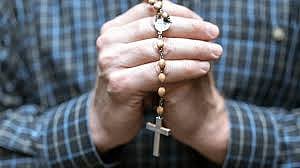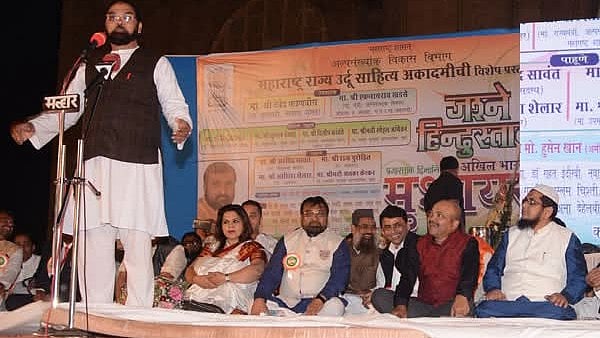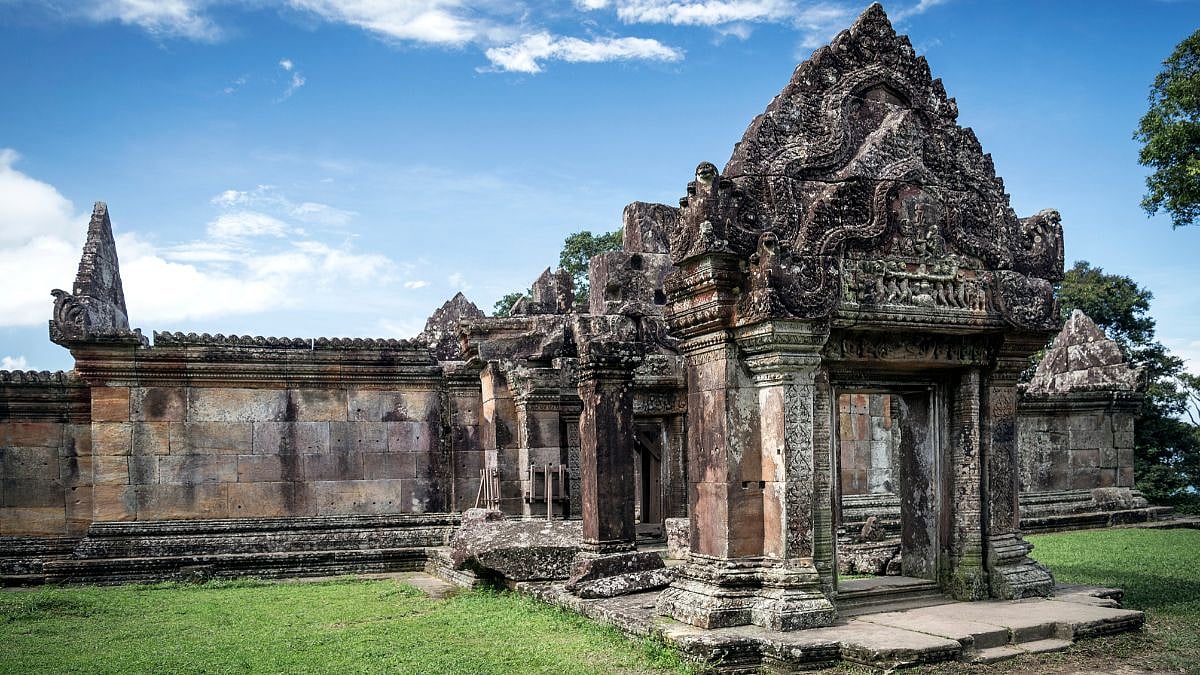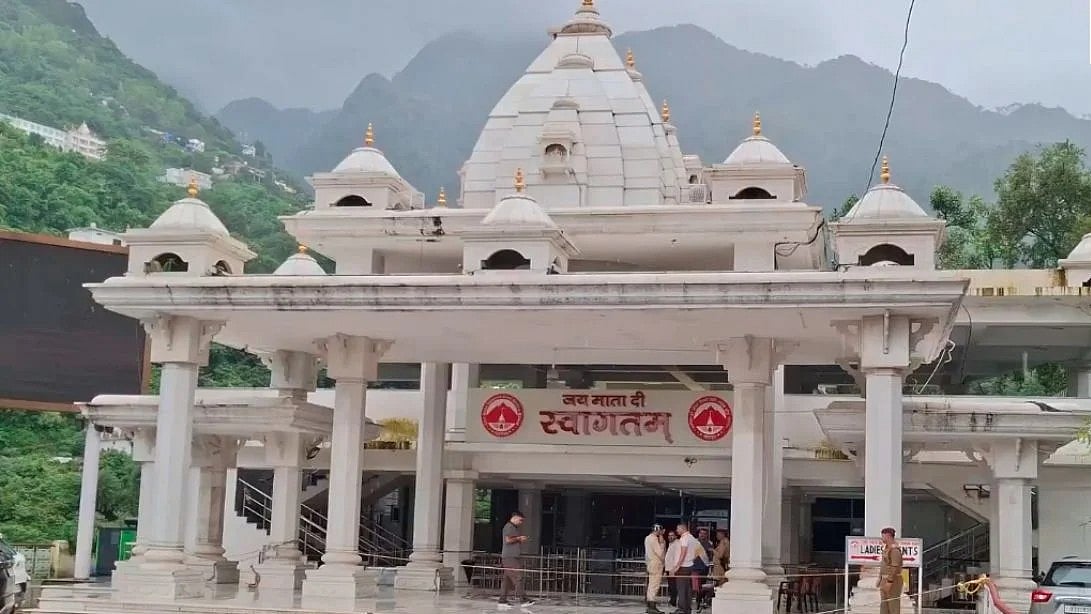The vast and uniqueness of Indian culture can be known through the festivals we celebrate. Bail Pola is one such special celebration for farmers where they worship and express their deepest gratitude to bullocks (bail). Agriculture being the primary source of livelihood for over 58% of the Indian population, farmers generally depend on bulls and oxen. They drive their ploughs to sow seeds and mix soil to make it farming ready.

Global humanitarian and Spiritual leader Gurudev Sri Sri Ravi Shankar says, “Everything radiates energy. In Indian mythology, every god or goddess is associated with a vehicle in the form of an animal or bird. The understanding behind this is that that particular animal or bird brings down the associated vibration on the Earth. For example, the mouse is associated with Lord Ganesha; the tiger brings the vibrations of Mother Divine or Goddess Durga to the Earth; crows carry the vibration of planet Saturn (God Shani), the bull brings the vibrations of Lord Shiva.
Nature has created these animals according to its own rules. Wherever these animals may be, the corresponding vibrations are available to us through them. And this is the logic behind various native cultures worshipping different animals and birds, connecting divinity with everything”.

Bail Pola is primarily celebrated in rural areas of Maharashtra and Chhattisgarh. The festival falls on Pithori Amavasya (new moon day) in the Hindu month of Shravan (mostly in August/September). After working throughout the year, the farmers decide to give their bulls a respite from the field. The preparations start two days before the festival. The rope (vesan) is removed from the nostrils of the bull. They apply groundnut oil and a paste of turmeric powder on their shoulders, followed by a hot water bath and bajara khichadi to eat.
They are taken to the nearest river/pond for a bath. Their horns are painted with vibrant colours and are embellished with ornaments all over them. Their ropes and bells are changed. Finally, their neck is adorned with flower garlands and an ornamental shawl. After these arrangements, they are worshipped by the farmers, especially if there are elders in the family with an aarti.
Evening time is reserved for taking the beautifully adorned bulls for enthusiastic processions through the streets. Villagers play instruments like dhol, tasha, lezims (a typical Indian musical instrument), etc. In some of the villages in India, even fairs (jatra) are organised as a part of the celebrations. The major attractions of these fairs include outdoor games and competitions. In cities, people worship the statues instead of the actual bulls.
In some parts, they believe that Lord Krishna killed the demon Polasur as a kid, and this was how the festival originated. This is the reason children are given special treatment on the day. Last but not least, the festival is incomplete without a sumptuous serving of hot puran polis.
(The author is a writer with www.artofliving.org)












